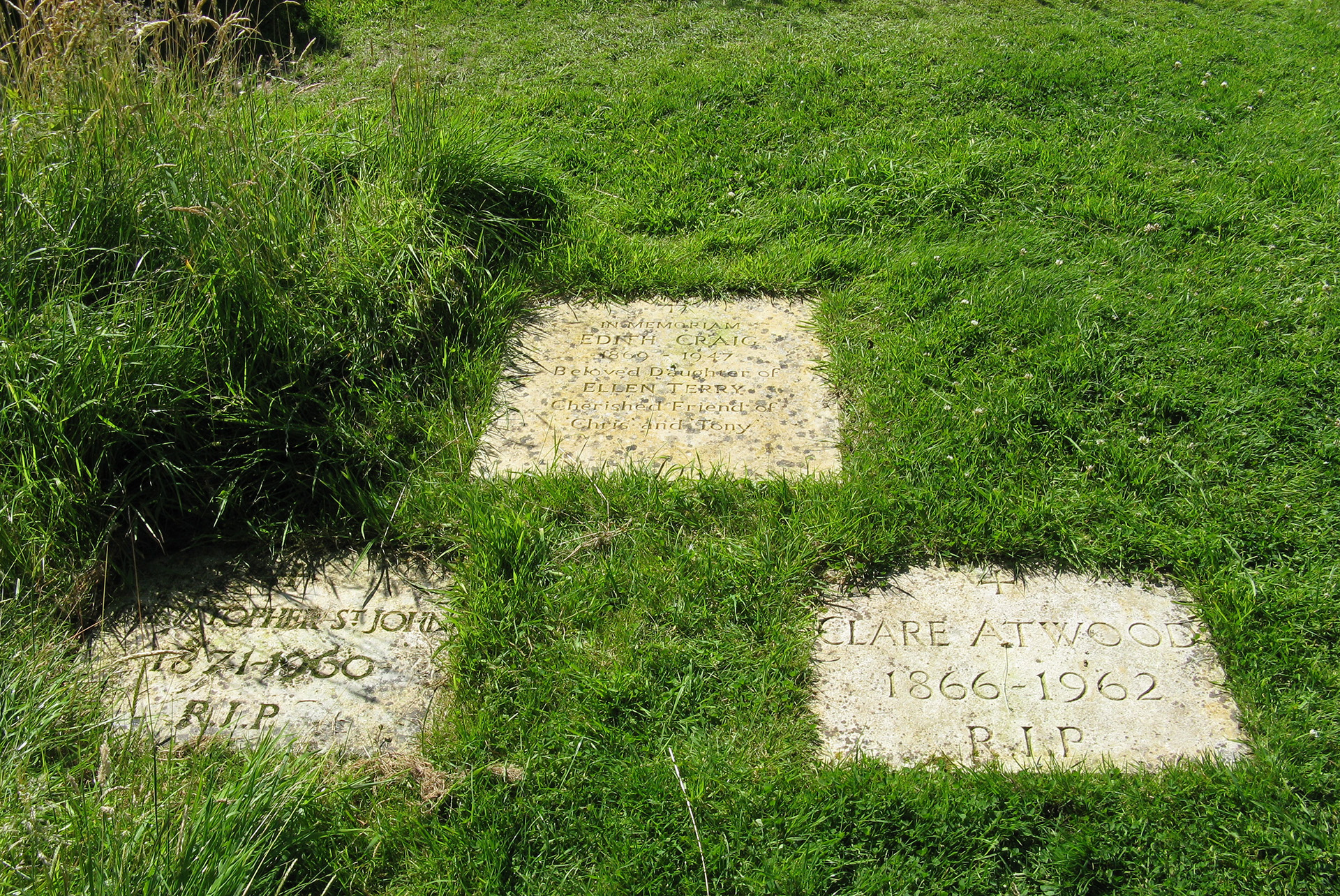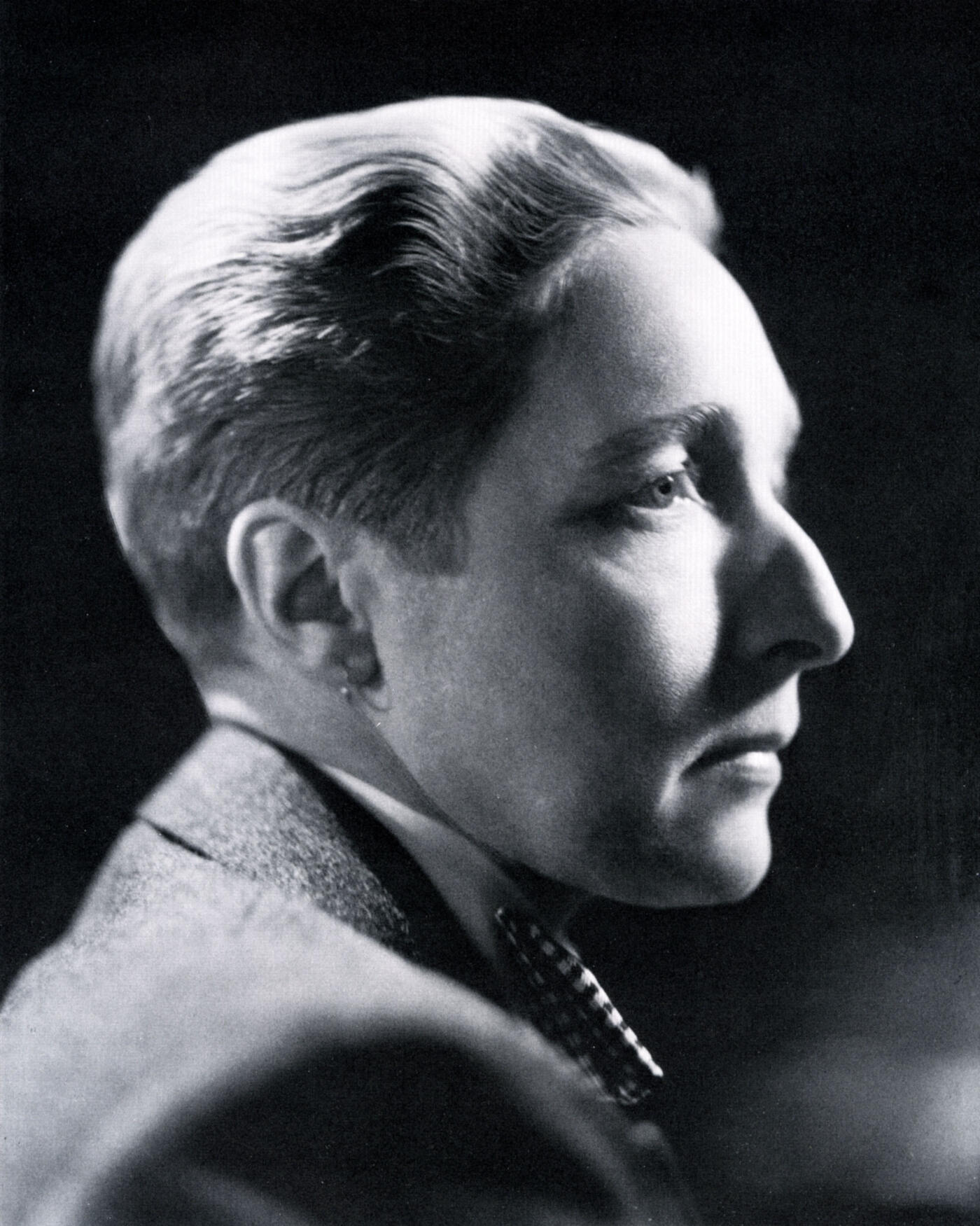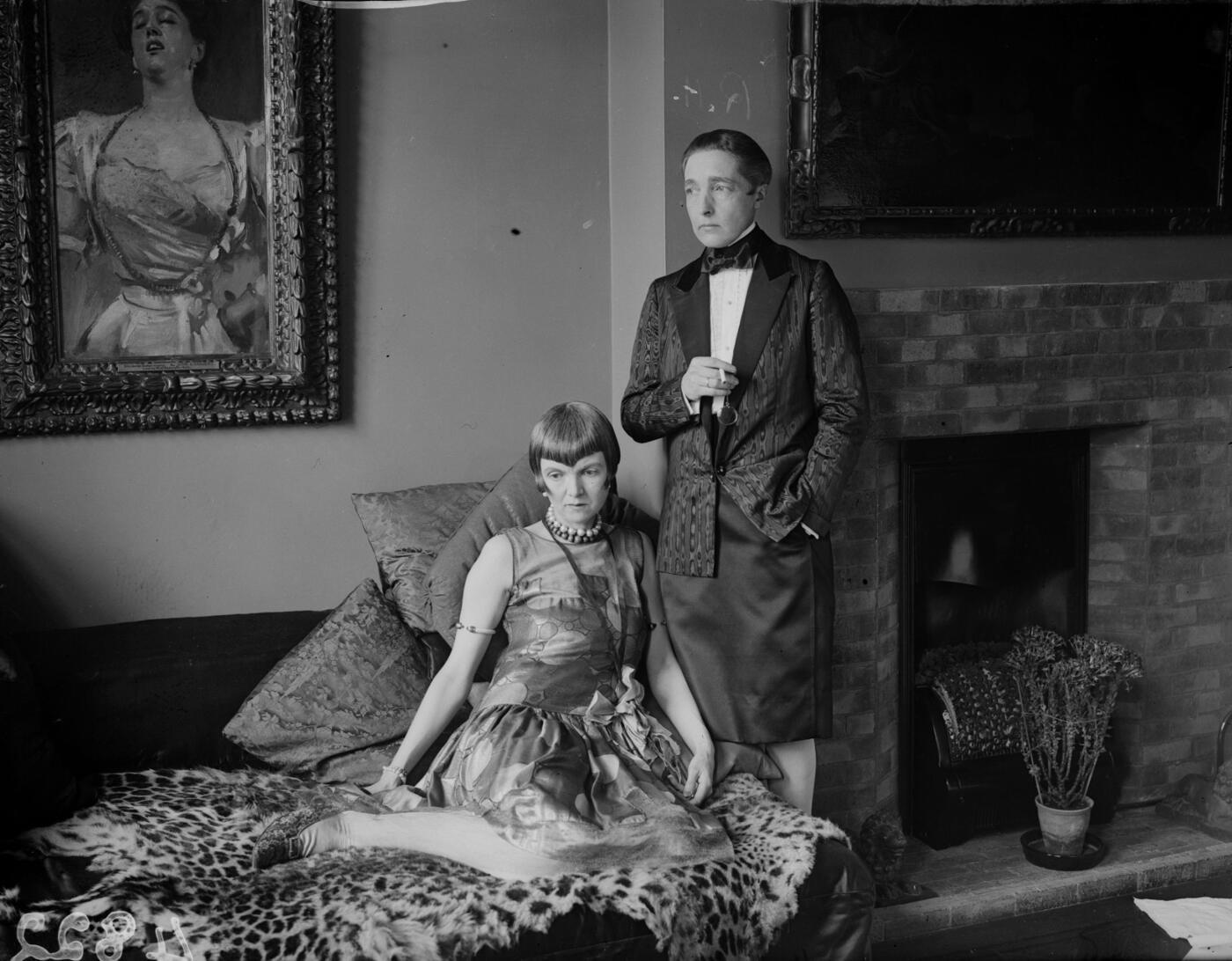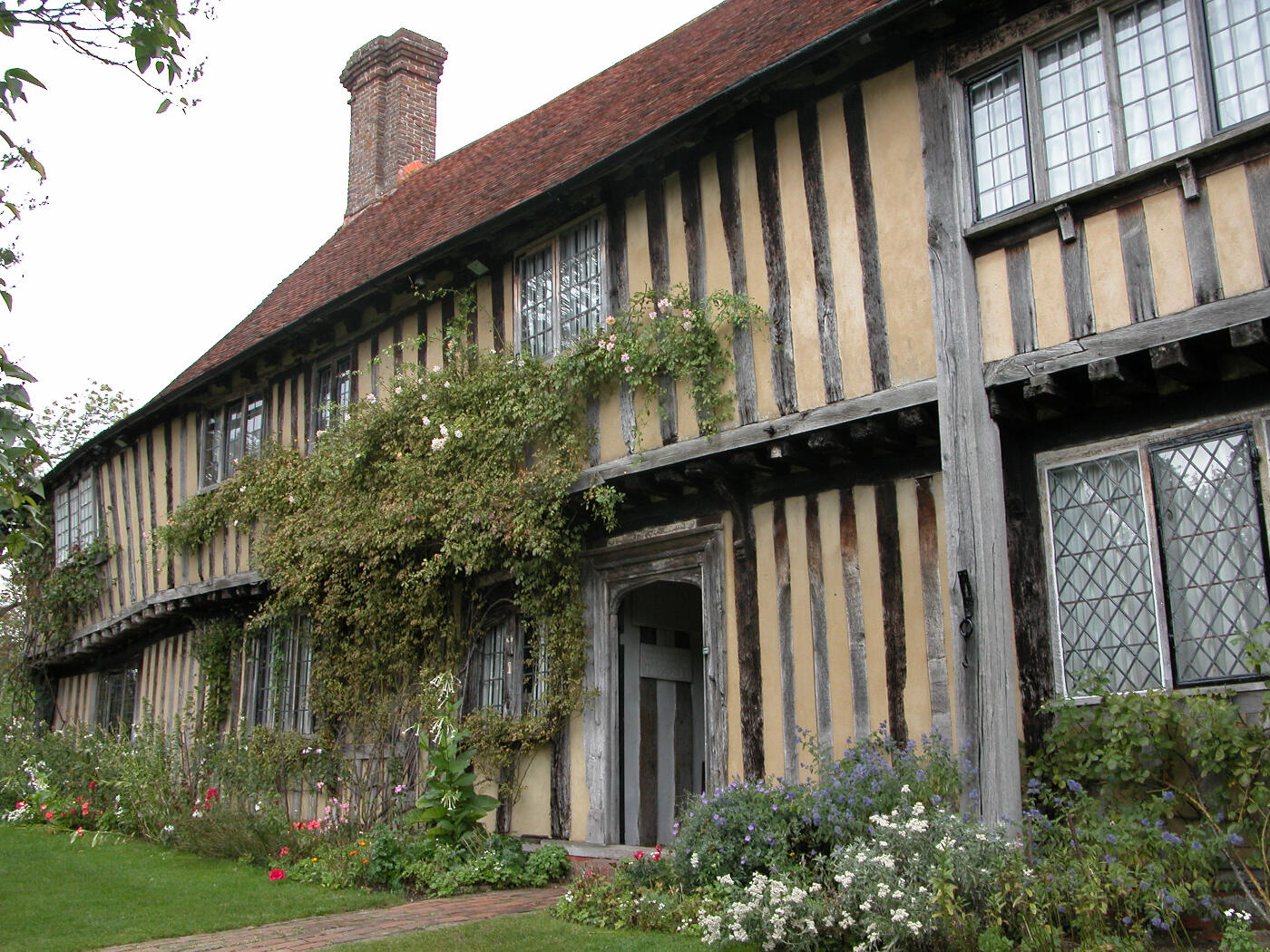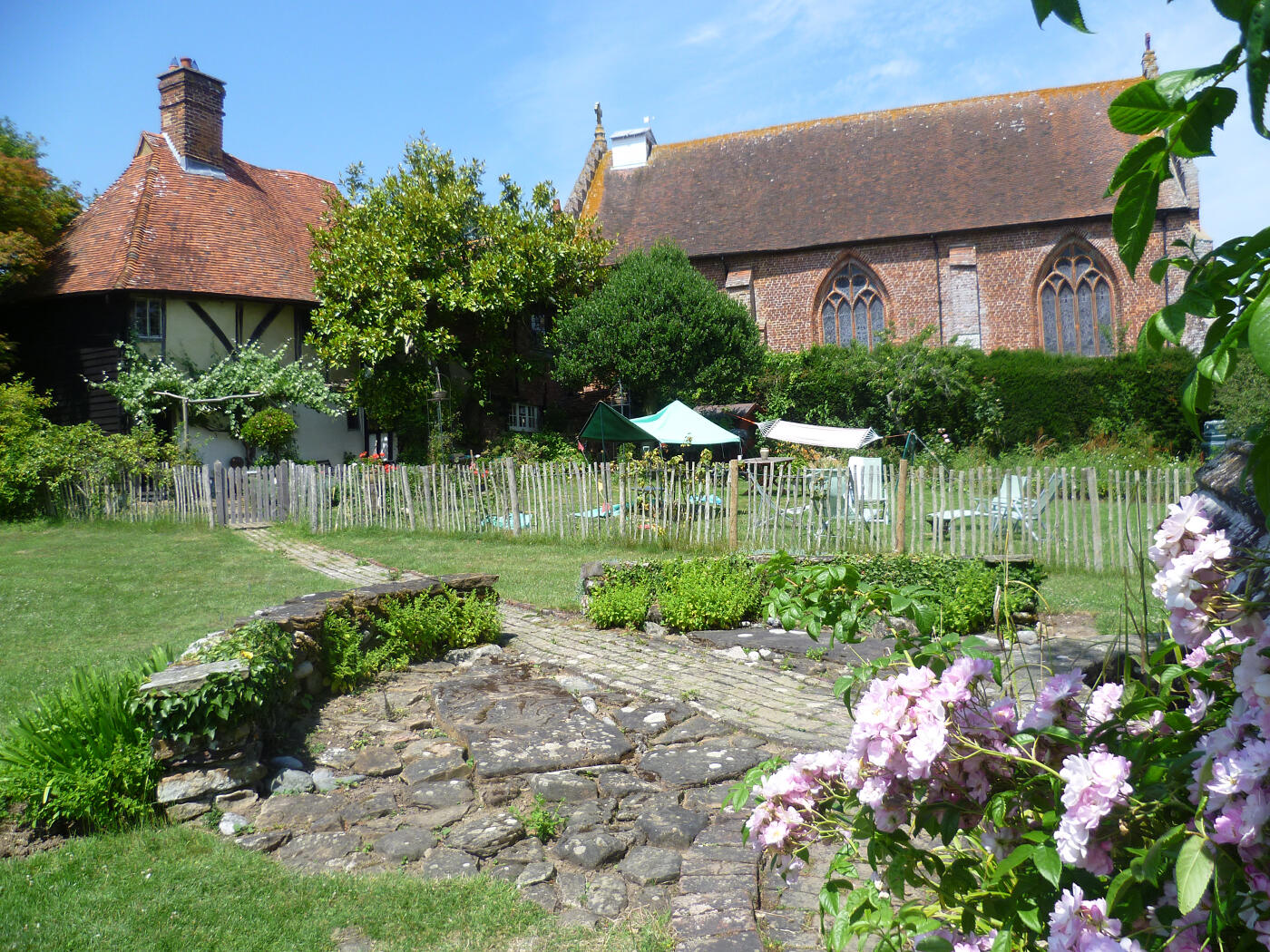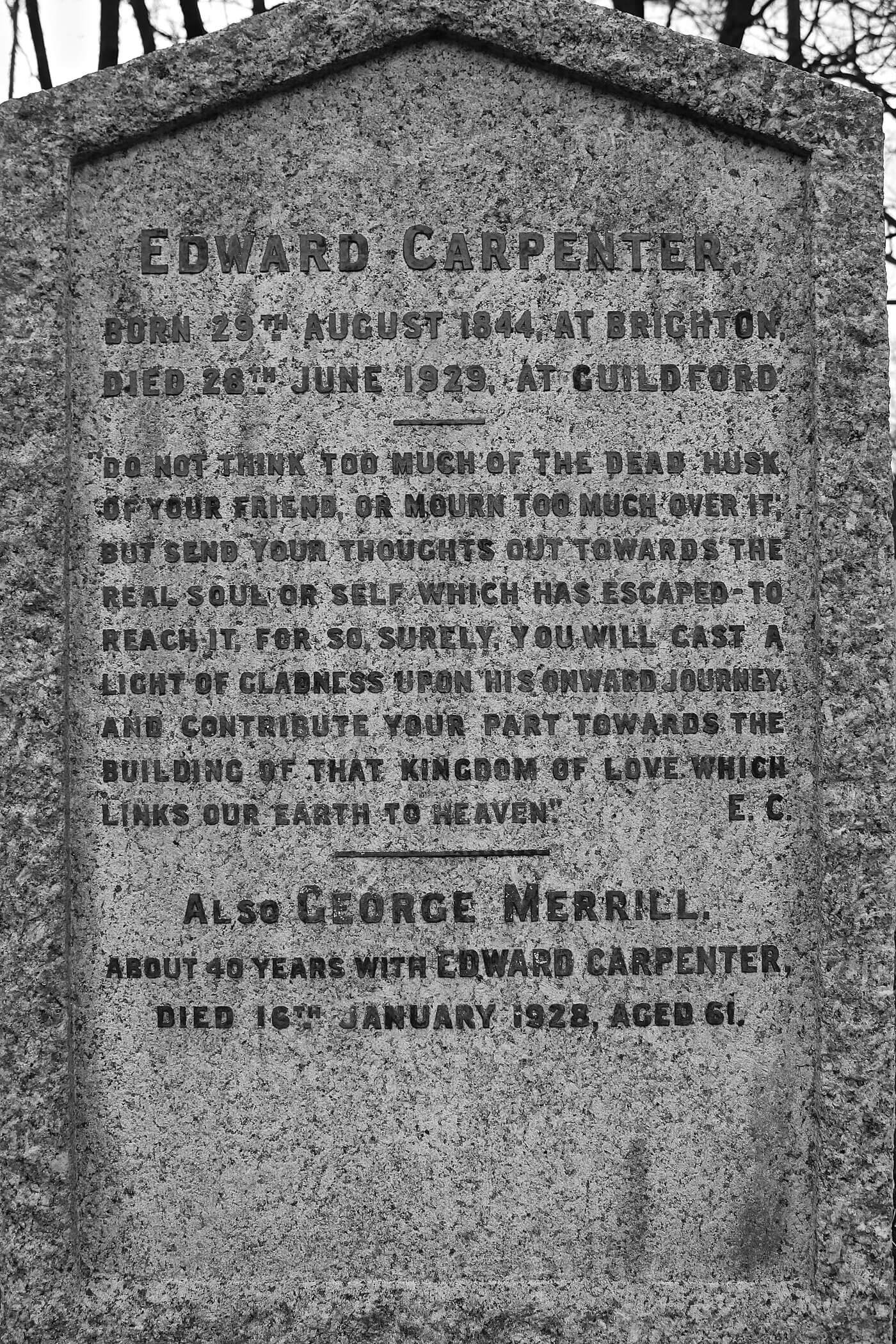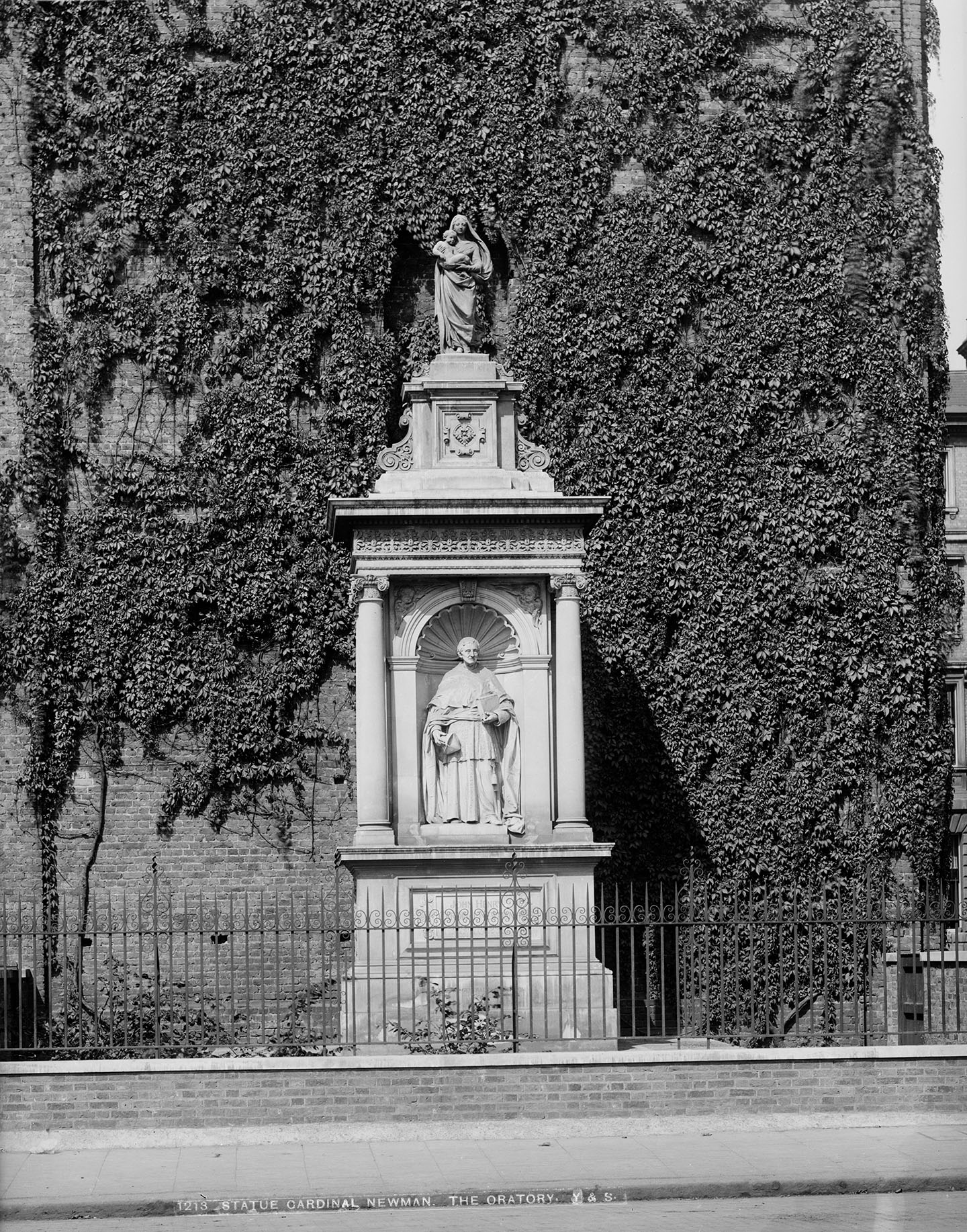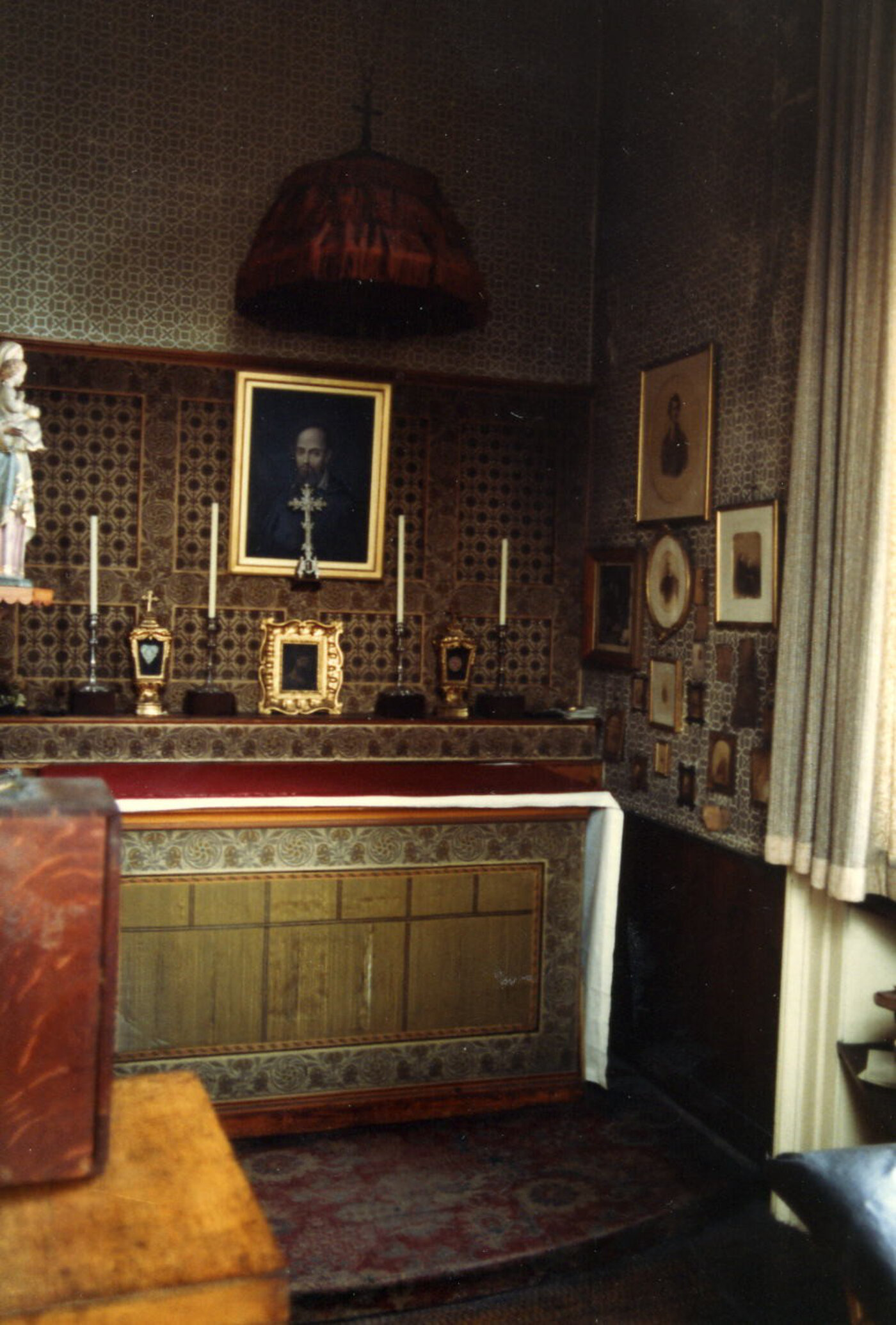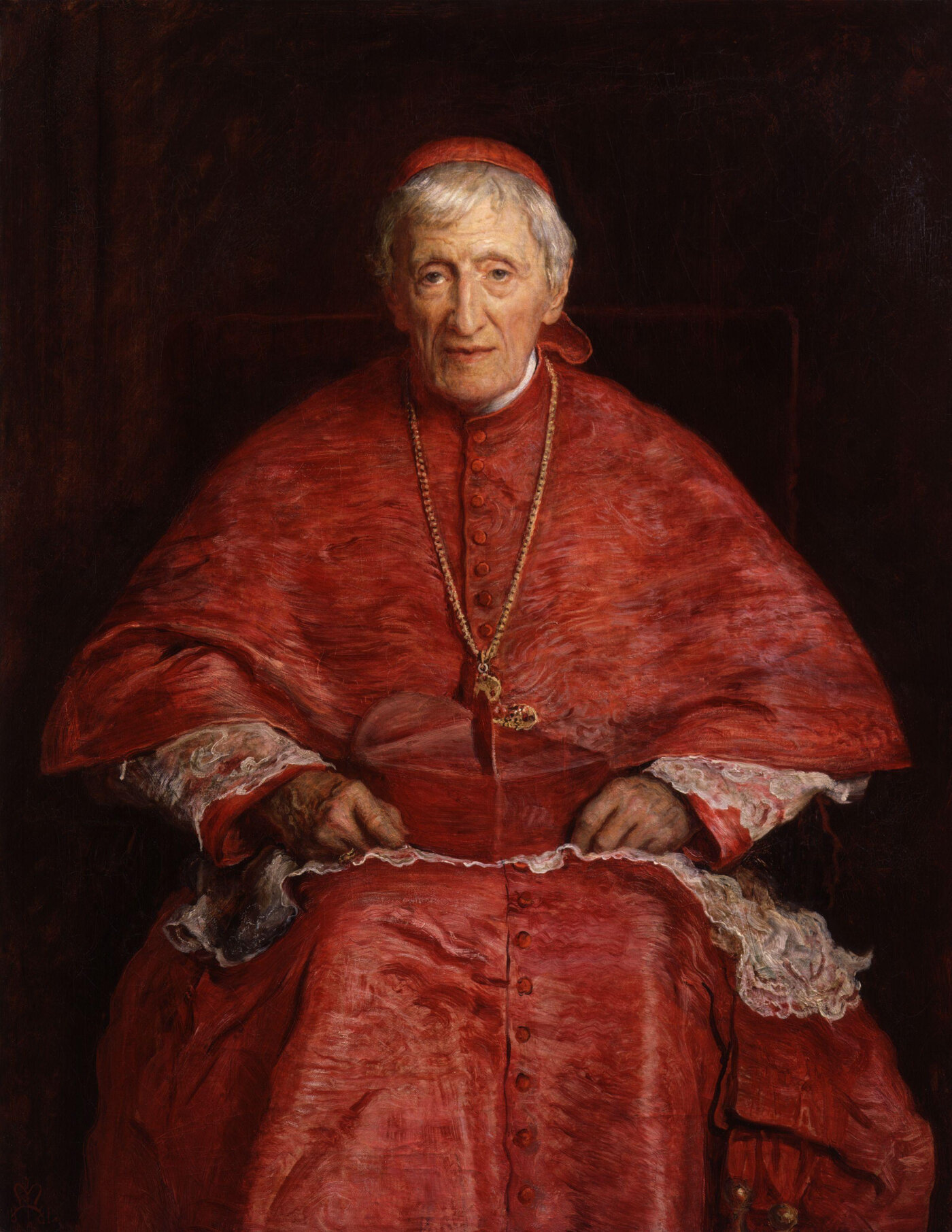Graves and Monuments
Some couples ensured that their bonds were recognised even in death. These men and women were buried with their same-sex partners, or commissioned monuments that symbolically identified their unions. Some of these monuments , over many centuries, refer to the vows of ‘sworn friendship’ from the Christian tradition.
Memorial brass for two women
A Tudor example of a female couple is in the Church of the Blessed Mary and Saint Nicholas in Etchingham, Sussex. Elizabeth Etchingham and Agnes Oxenbridge are jointly commemorated there with a 15th-century memorial brass.
The women are depicted looking at one another. Their gowns indicate movement towards each other. The brass memorial suggests intimacy between the women that we can see long after their deaths.
Friend to Sir Philip Sidney
Fulke Greville, first Baron Brooke (1554-1628) was Chancellor of the Exchequer under James I and ‘faithful friend’ of the Elizabethan poet Sir Philip Sidney since childhood. When Sidney died in 1586, Greville planned a double tomb for the two men but it was never built.
Greville dedicated the rest of his life to editing Sidney’s writings and composing a biography. He never married, but had intense friendships with men for the remainder of his life. He died almost 40 years later after being stabbed by a servant in Warwick Castle.
Greville’s own tomb in the Church of St Mary, Warwick bears the epitaph that includes a memorial to Sidney:
Servant to Queene Elizebeth
Conceller to King James
And Friend to Sir Philip Sidney
A marriage of souls
In the chapel of Christ’s College, Cambridge, is the joint tomb of Sir John Finch (1626-82) and Sir Thomas Baines (1622-80). It memorialises, in Finch’s words, ‘the beautiful and unbroken marriage of souls, a companionship undivided during 36 complete years’.
The monument refers to their relationship as an ‘animorum connubium’, a marriage of souls. The inscription explains that the men were buried together ‘so that they who while living had mingled their interests, fortunes, counsels, nay rather souls, might in the same manner, in death, at last mingle their sacred ashes’. Symbolically, there is just a single funerary urn at the top of the monument.
Joint graves of men
Cardinal John Henry Newman was a leader of the late 19th-century Anglo-Catholic Oxford movement. At his request he was buried in Birmingham Oratory’s cemetery at Rednal with Father Ambrose St John, with whom he had an intimate spiritual friendship.
The joint grave of socialist and reformer Edward Carpenter and George Merrill, his partner of nearly four decades, lies in the Mount Cemetery in Guildford, Surrey. Carpenter and Merrill lived openly together at their home Millthorpe in Derbyshire.
The house was a focal point for socialist politics and early gender and sexual equality activism. The couple later moved to Surrey where, grief-stricken after the death of Merrill in 1928, Carpenter suffered a stroke and died the following year.
Chris St John, Tony Atwood and Edith Craig
Loving relationships between more than two people have also been marked with shared graves and commemorative plaques. At the Churchyard of St John the Baptist in Smallhythe, Kent, two women, Chris St John (Christabel Marshall) and Tony (Clare) Atwood, are buried side by side.
They had lived together with Edith Craig in a ménage a trois at the neighbouring Priest’s House. Craig was not buried with her partners, but in 2012 a commemorative plaque bearing her name was placed with the grave markers for St John and Atwood.
Radclyffe Hall, Mabel Batten and Una Troubridge
Radclyffe Hall, author of the controversial lesbian novel The Well of Loneliness (1928) was laid to rest in the vault of her lover Mabel Batten, in Highgate Cemetery, London in 1943. Hall’s overlapping subsequent relationship with Una Troubridge is also commemorated there.
On the doorway to the joint tomb, Una Troubridge placed a marble plaque quoting from Elizabeth Barrett Browning that reads: ‘And if God Choose I Shall But Love Thee Better After Death’.
Graves and Monuments Photo Gallery
Please click on the gallery images to enlarge.

